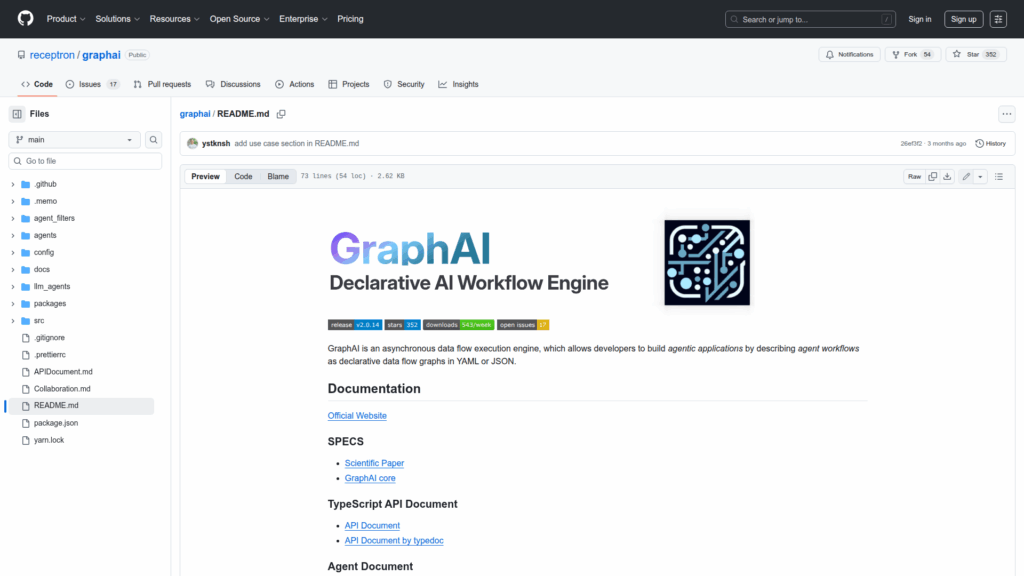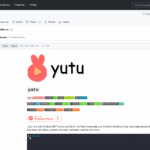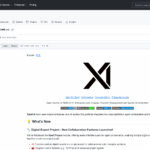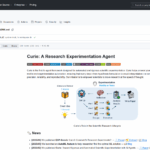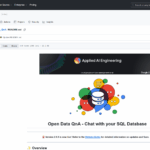graphai
Basic Information
GraphAI is an asynchronous data flow execution engine designed to let developers build agentic applications by describing agent workflows as declarative data flow graphs in YAML or JSON. It provides core libraries and tooling to define nodes and edges that represent data transformations and agent actions, enabling composition of complex asynchronous pipelines. The repository hosts the GraphAI core package, TypeScript API documentation, agent-specific documentation, CLI tooling, and example samples for developers and end users. It also links to a web demo and a GUI tool called Grapys to visualize and interact with graphs. The README highlights a concrete use case integration with Mulmocast for automated multimedia content generation.
Links
Stars
350
Language
Github Repository
App Details
Features
GraphAI focuses on declarative asynchronous data flow with workflows specified in YAML or JSON. It includes a TypeScript API and generated API documentation to programmatically define and run graphs. The project provides a CLI for development and orchestration, packaged npm modules for core engine, agents, and utilities, and example sample repositories for developers and end users. Documentation bundles include a scientific paper, agent documents, and API docs. There is a web demo and a GUI tool (Grapys) for visual editing and inspection. The repo also surfaces sample integrations such as Mulmocast with node actions for audio, captions, images, and translation.
Use Cases
For developers building agentic or automation applications, GraphAI simplifies orchestration by letting you declare workflows as data flow graphs instead of imperative code. The TypeScript API, CLI, and npm packages make it possible to integrate the engine into projects, run and test graph-based agents, and reuse agent components. Documentation, example samples, and a GUI demo lower the learning curve and provide reference implementations. The Mulmocast example demonstrates practical automation for content pipelines by composing actions for audio, images, captions, and translation. Overall the project helps teams prototype, share, and run asynchronous agent workflows in a reproducible and modular way.

